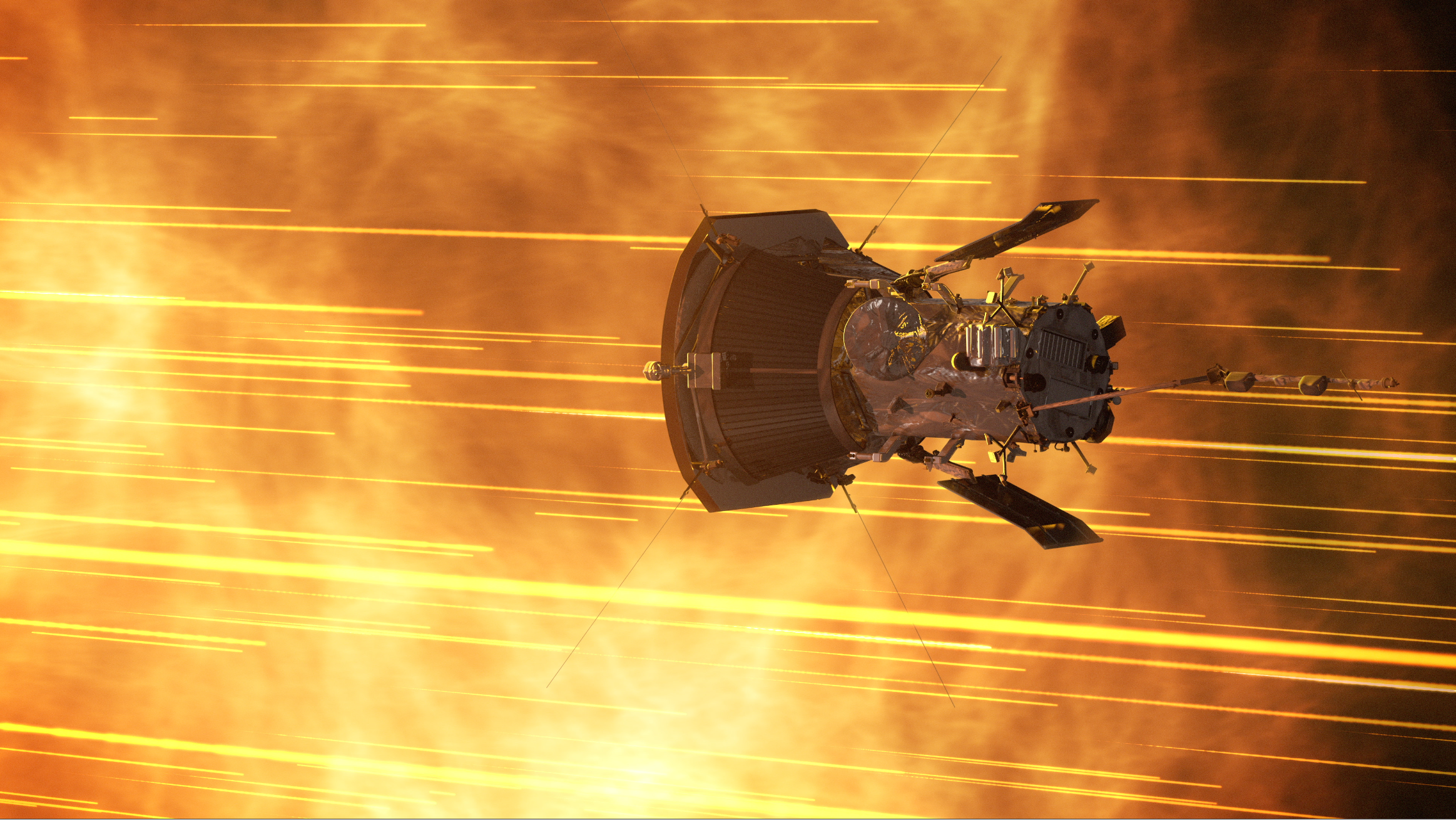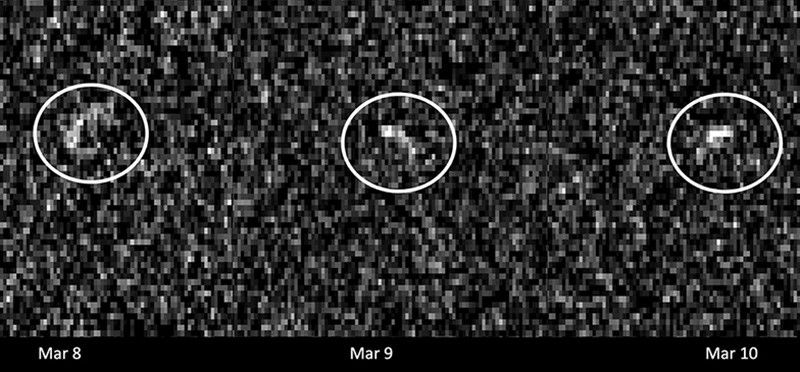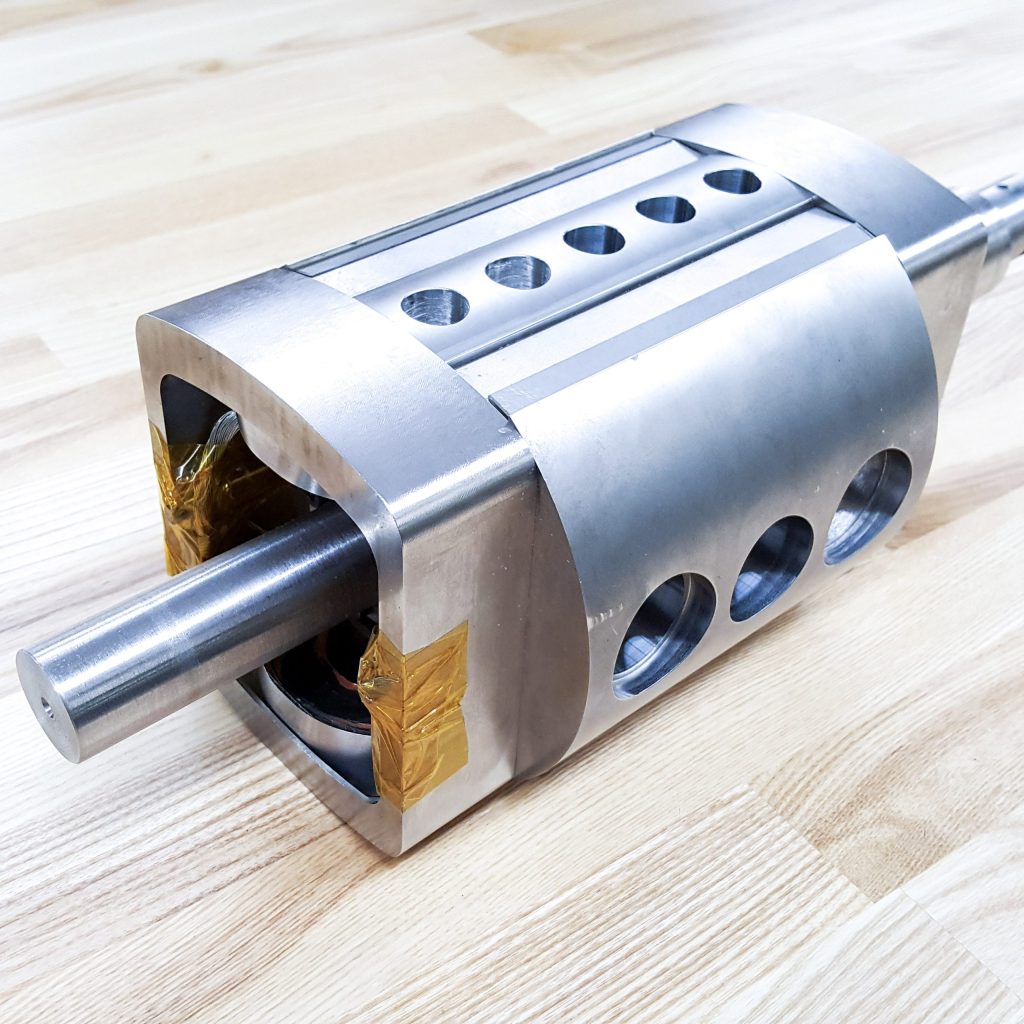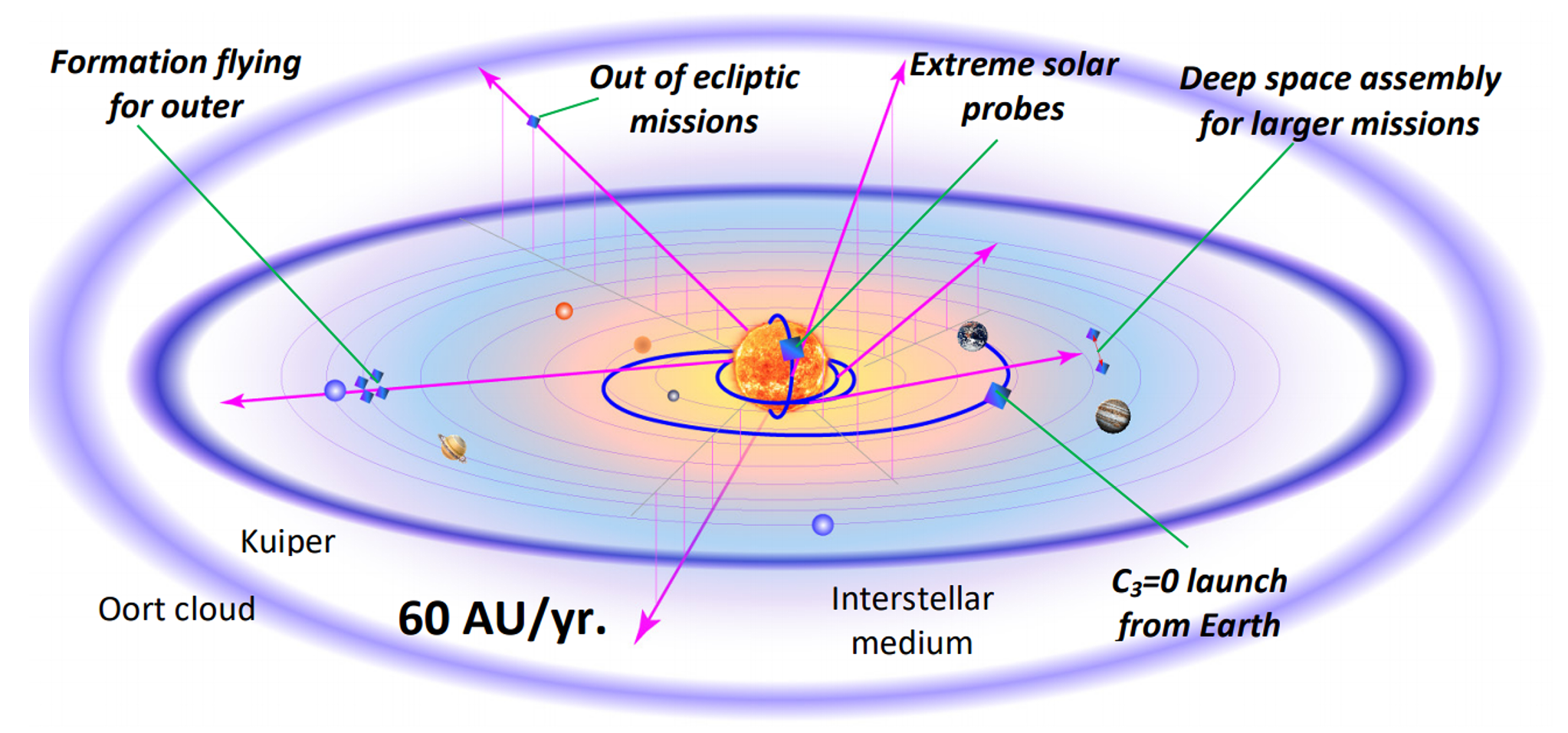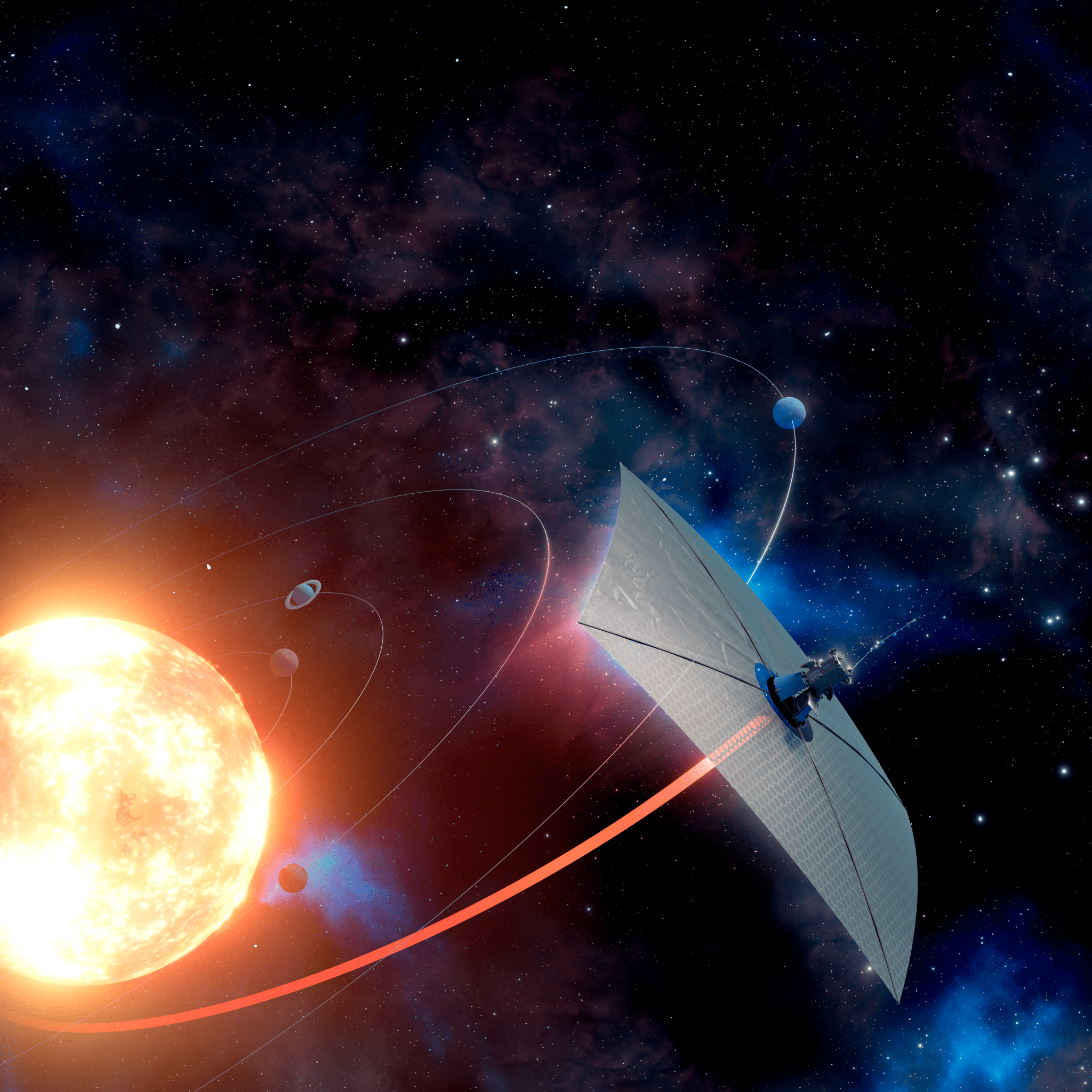Artur Davoyan
University of California, Los Angeles
As of date, deep space exploration has been hindered by the limitations of existing propulsion technologies. In contrast, solar sails appear to allow a low cost pathway to high speed and ubiquitous exploration of the outer solar system and interstellar space. By performing a slingshot maneuver in the vicinity of the sun, just ~2-5 solar radii distant from the sun, solar sails can propel light-weight cubesat class spacecraft to near-relativistic speeds, >0.1% of the speed of light (>300 km/s or >60AU/year characteristic velocities). Such a technology would markedly transform space exploration, enabling fast missions to distant worlds, effectively turning our sun into a launch pad. A trip to the outer planets would take months, interstellar space could be reached in a few years, and 1000 AU in less than 20 years. We envisage a new generation of breakthrough science missions that were not possible before from probing fundamental laws of nature at the outskirts of our solar system to peering into distant worlds. The need to dive close to the sun places and stringent requirement for materials while the need to go fast places a stringent mass budget on the spacecraft which necessitates the development of novel spacecraft architectures. In our NIAC Phase I study we showed that such spacecraft are conceptually possible and the necessary materials could be developed, proving the feasibility and potential for such extreme solar sailing. Here, in Phase II, we expand our Phase I investigations to further refine the roadmap for such extreme solar sailing and push the technology readiness level of the key elements and systems. Our specific tasks include fabrication and testing of novel ultra-lightweight sail materials – metamaterials – capable of withstanding the extremities of the solar corona, and improvement of the spacecraft architecture design to yield ultralow mass while providing maximal payload functionality. We will examine optimal sail support layout taking into account thermomechanical stresses and deformations upon such an extreme perihelion pass. We will explore the utility of extreme solar sailing for two breakthrough mission concepts: Fast Transit Interstellar Probe, which aims to send a probe to 500 AU in 10 years, and a Corona-Net – a precursor mission, which will send a formation flying of extreme solar sails to examine inner heliosphere at high inclinations and at <5 solar radii. For both mission concepts we will examine spacecraft communications and power, and will explore the design of higher fidelity sail control systems to ensure precise navigation about the Sun and to an interstellar location.


